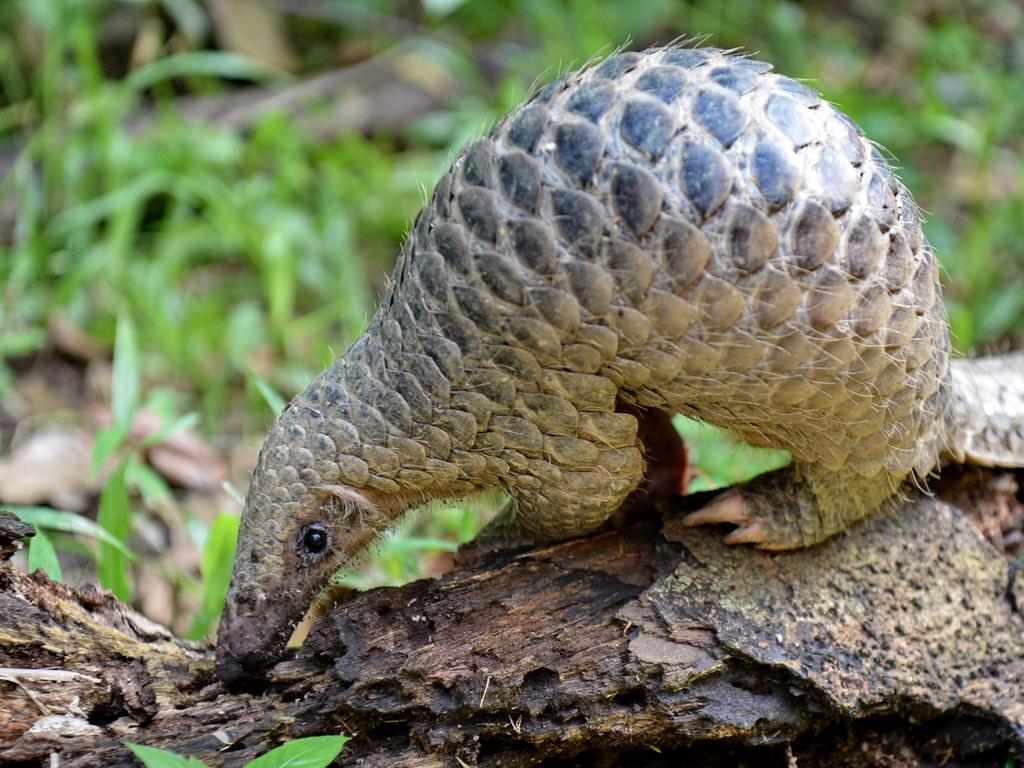Virus doctor’s death raises questions over China’s failure to respond
A glaring discrepancy over coronavirus has helped create China’s biggest public health crisis in decades.

The patient required treatment for glaucoma but a scan showed she was suffering from a mysterious viral pneumonia. Her carer and daughter both had a fever, an indication that the virus could spread between humans.
It was January 8 and Li Wenliang, a 33-year-old eye doctor in Wuhan, was concerned. He reported the case immediately.
Dr Li was therefore taken aback when, three days later, the Wuhan municipal health commission assured the public there was no evidence that the virus, which by this time had infected dozens of patients, could be transmitted between humans.
The ophthalmologist may have been shocked but he should not have been surprised. Chinese authorities had made a habit of denying the facts, as Dr Li experienced to his cost.
His death of coronavirus on Thursday night has underlined China’s efforts over several weeks to cover up the emergence of a deadly new virus in Wuhan, a transport hub of 11 million people.

The glaring discrepancy between the authorities’ official account and reality has helped create the country’s biggest public health crisis in decades. The virus has killed 637 people, including Dr Li, and infected tens of thousands more.
For several weeks in December and January the government suppressed crucial public health information for fear of causing a panic that could ruin the facade of a prosperous and harmonious country on its way to a great revival under President Xi Jinping.
Critics have come to see the delayed response in those first crucial weeks, which allowed the coronavirus to spread across the country and beyond its borders, as an inherent flaw of an authoritarian regime, where a top-down political system leaves the leadership out of touch and local bureaucrats eager to cover up unpleasant news and slow to act.
In a rare admission Zhou Xianwang, the mayor of Wuhan, blamed his lack of authority to disclose information to the public.
“We had been acting in accordance of the law, and we had no authority to disclose information before January 20, but we proactively shared information after a state council characterised the situation,” he said.
One of the city’s biggest blunders was to allow a banquet of 14,000 dishes served to 40,000 families to go ahead on January 18, despite the alerts from Dr Li and other health officials and the growing evidence before their eyes.
Dozens of infections have since been reported by families that attended the community banquet, which was celebrating Mr Xi’s leadership.
The first case of the mysterious pneumonia had surfaced as early as December 1 and three more cases were reported by December 10, but the public was not made aware.
On December 30 Dr Li and several others alerted colleagues to the infectious virus. Dr Li described it as highly similar to the Sars virus and a screenshot of his warning quickly spread on China’s social media.
The Wuhan health commission responded with a statement declaring that there was no evidence of human-to-human transmission and no infection of medical workers, even though a nurse had shown minor symptoms.
Authorities declared that the outbreak was related to the “wet” market, where a range of exotic live animals are butchered for customers’ dinner tables. However, a number of patients had had no exposure to the market.
In fact, the majority of the patients from late December to early January had never visited the wet market, and evidence of human-to-human transmission was obvious, a study by Chinese researchers later concluded.
The health commission’s statement achieved a political purpose: it calmed the public and life went on – except for Dr Li, who was summoned by police and chided for having spread rumours.
“Your act has severely disrupted the social order, and your behaviour has stepped over the limits of the law,” read the notice of police censure.
Dr Li admitted wrongdoing and was allowed to go home. Such police punishments were made public, effectively killing further open discussions of the matter and giving the government a monopoly on the narrative.
The health commission reported 59 cases on January 5, when the city congress convened, but did not update the figure until January 11, when the political meeting concluded. It was during this period that Chinese researchers identified a new strain of coronavirus.
Without explanation, the figure of infected cases dropped to 41. Although there was clear evidence of infection among health workers, including Dr Li, who contracted the illness on January 10, the health commission again reassured the public that there was no evidence of human-to-human transmission and that no medical worker had been infected.
There was no update from the commission for another week, when the provincial government held its political conclave.
The scale of the emerging crisis became clear when cases of infection were reported outside mainland China. Given Wuhan’s regional as well as international transport links it was certain the virus would have struck other Chinese cities, even if the scale was not yet apparent.
Five days after the Wuhan banquet the entire city was effectively sealed off as the country leapt into belated action. China urged its 1.4 billion people not to travel but to stay at home for the lunar new year celebrations to slow the spread of the virus.
In Wuhan on January 29 another doctor who had reported her concerns to superiors after treating virus patients in December broke down. “There are too many patients,” Zhang Jixian said. “Our medical staff are too overworked. I had shed tears of my lifetime.”
A leading activist, Xu Zhiyong, asked questions shared by many. “Who is to take responsibility for such a human-made disaster that has hurt the country and its people?” he asked.
“Which local agency held back the information and was negligent? If it was not the local government, which decision-maker in Beijing refused to disclose the information?”
In one of his last interviews Dr Li, who contracted the virus through contact with his patient, said: “I think a healthy society should have more than one voice. I don’t think the power should intervene excessively.”
Analysis by Didi Tang, The Times’ Beijing correspondent:
In China, even death is political. When it involves a public controversy, it needs to be ruthlessly manipulated by the communist authorities.
The death of the doctor Li Wenliang, the whistleblower who warned early on about the threat posed by coronavirus, has become a case study in Beijing’s kneejerk suppression and control of information.
When reports first surfaced at 9.30pm on Thursday that Dr Li, 34, had died from the virus, they prompted an outpouring of emotion on social media. State media swiftly deleted the reports, instead claiming that he was critically ill and being resuscitated.
When initially announced, his death was the No 1 topic on the Twitter-like platform Weibo, but slipped to seventh place in 15 minutes after state media retracted the death notice.
The mood on Chinese social media quickly shifted to one of relief and online discussion of his “death” began to fade. People went to bed with renewed hope for an overnight miracle.
Censors had a busy night. Posts and comments about Dr Li’s death vanished from the web. A local doctor who was among the first to announce Dr Li’s death posted a message on his social media account, simply saying “admonished”, before the account disappeared altogether.
A leaked directive from the country’s propagandists ordered that there should be no comment or “hyping” of Dr Li’s death. “It should not be tagged as a topic. It should fade out of hot searches, and harmful information must be strictly controlled,” the message read.
I posted an image of Friday’s Times front page that prominently displayed Dr Li’s picture but none of my friends could see the post as censors shielded the image from public view.
The Chinese public woke on Friday morning to learn that Dr Li had indeed died. His passing had been announced at 2:58am, when they were asleep. The message from the authorities is that Dr Li was a heroic doctor who had battled the virus selflessly.
“Since the outbreak, a vast number of medial workers have put aside concerns over personal safety and abandoned their small homes for the big family to heroically battle on the front line against the virus, making great contributions to protect the lives of the people. Some have even made the ultimate sacrifice,” Hua Chunying, spokeswoman for the foreign ministry, said. “We pay high respect to them.”
The public response to his death has lost its rawness. The subject fell to the 47th spot on Weibo by late Friday afternoon, far behind a home therapy to cleanse one’s lungs. Dr Li may now be remembered in China as a devoted doctor rather than a whistleblower.
Deft massaging of the facts by the authorities appears to have averted an imminent crisis in public opinion against the government’s handling of the epidemic.
However, with evidence growing of the scale of the government’s public health cover-up, the stakes are increasingly high for President Xi.
The Times






To join the conversation, please log in. Don't have an account? Register
Join the conversation, you are commenting as Logout